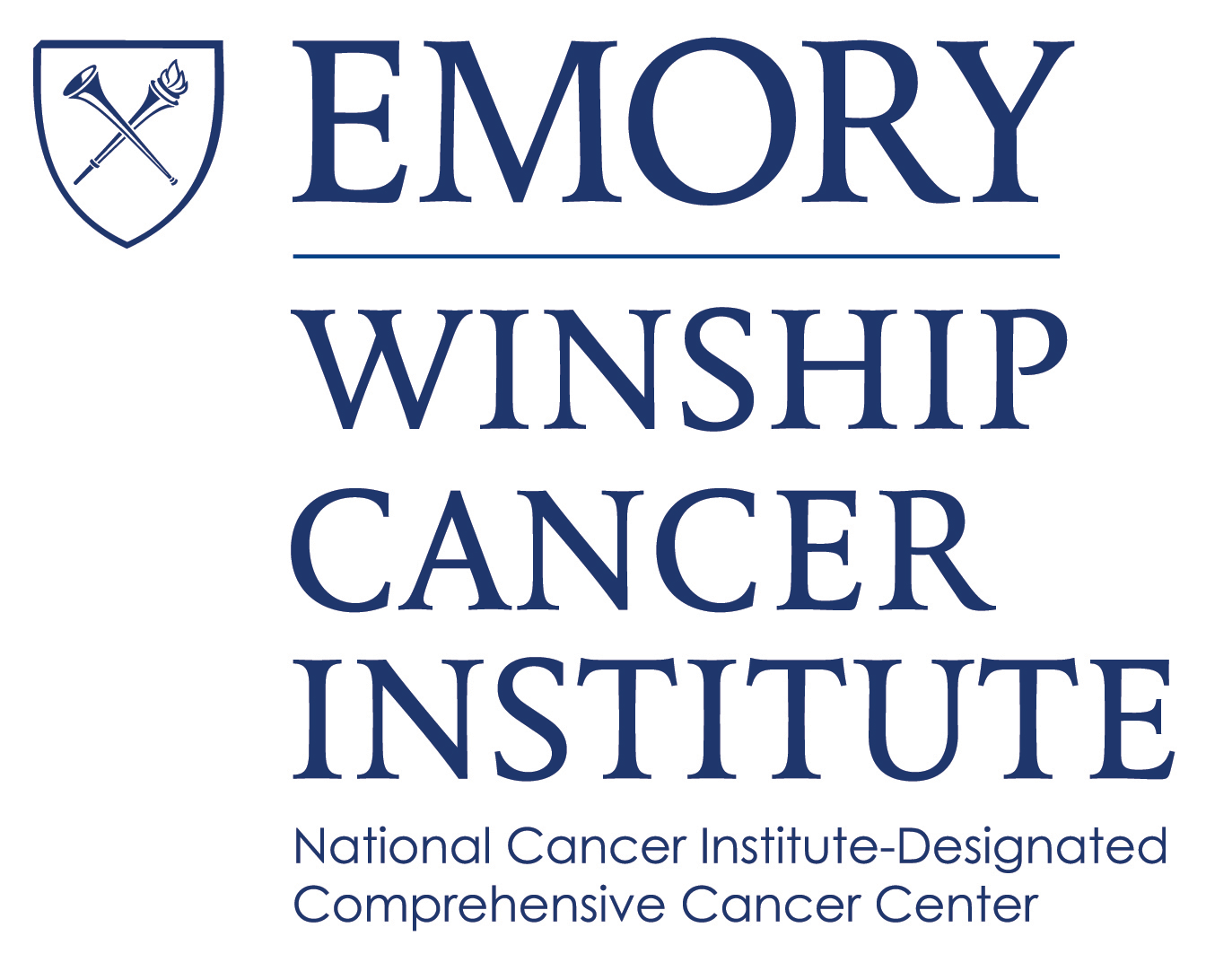- Advertise
- About OncLive
- Editorial Board
- MJH Life Sciences brands
- Contact Us
- Privacy
- Terms & Conditions
- Do Not Sell My Information
2 Clarke Drive
Suite 100
Cranbury, NJ 08512
© 2025 MJH Life Sciences™ and OncLive - Clinical Oncology News, Cancer Expert Insights. All rights reserved.
Dr. Lonial on Encouraging Data With Emerging Agents in Myeloma
Sagar Lonial, MD, professor and chair, Department of Hematology and Medical Oncology, Emory University School of Medicine, chief medical officer, Winship Cancer Institute of Emory University, discusses encouraging data with emerging agents in myeloma.
Sagar Lonial, MD, professor and chair, Department of Hematology and Medical Oncology, Emory University School of Medicine, chief medical officer, Winship Cancer Institute of Emory University, discusses encouraging data with emerging agents in the myeloma treatment paradigm.
As a single agent, selinexor has shown response rates of approximately 20% to 25%. The median progression-free survival (PFS) with the XPO1 (CRM1) inhibitor is approximately 2.5 to 3.0 months. Even if patients don’t achieve an objective response, they may experience stable disease for a significant amount of time. However, this drug is not without toxicity, with common adverse events such as nausea, vomiting, weight loss, and thrombocytopenia, Lonial notes.
Venetoclax (Venclexta), an agent that has made headway in chronic lymphocytic leukemia, acute lymphocytic leukemia, and lymphoma, appears to be effective in myeloma as well. The BCL-2 inhibitor is a well-tolerated drug with a response rate of about 40% in patients with translocation 11;14. Notably, response rates have jumped to approximately 65% in combination with dexamethasone, and even higher in combination with other commonly used agents in this space.
Additionally, CAR T-cell therapy has shown response rates in the 80% to 90% range. Though, it has been a challenge getting patients enrolled on these trials, Lonial says. One also has to keep in mind the strict selection criteria for these studies. With bb2121, the remission duration in the initial trial was about 11 months. The field is waiting for longer-term follow-up data and PFS results from the phase II KarMMa study (NCT03361748).


